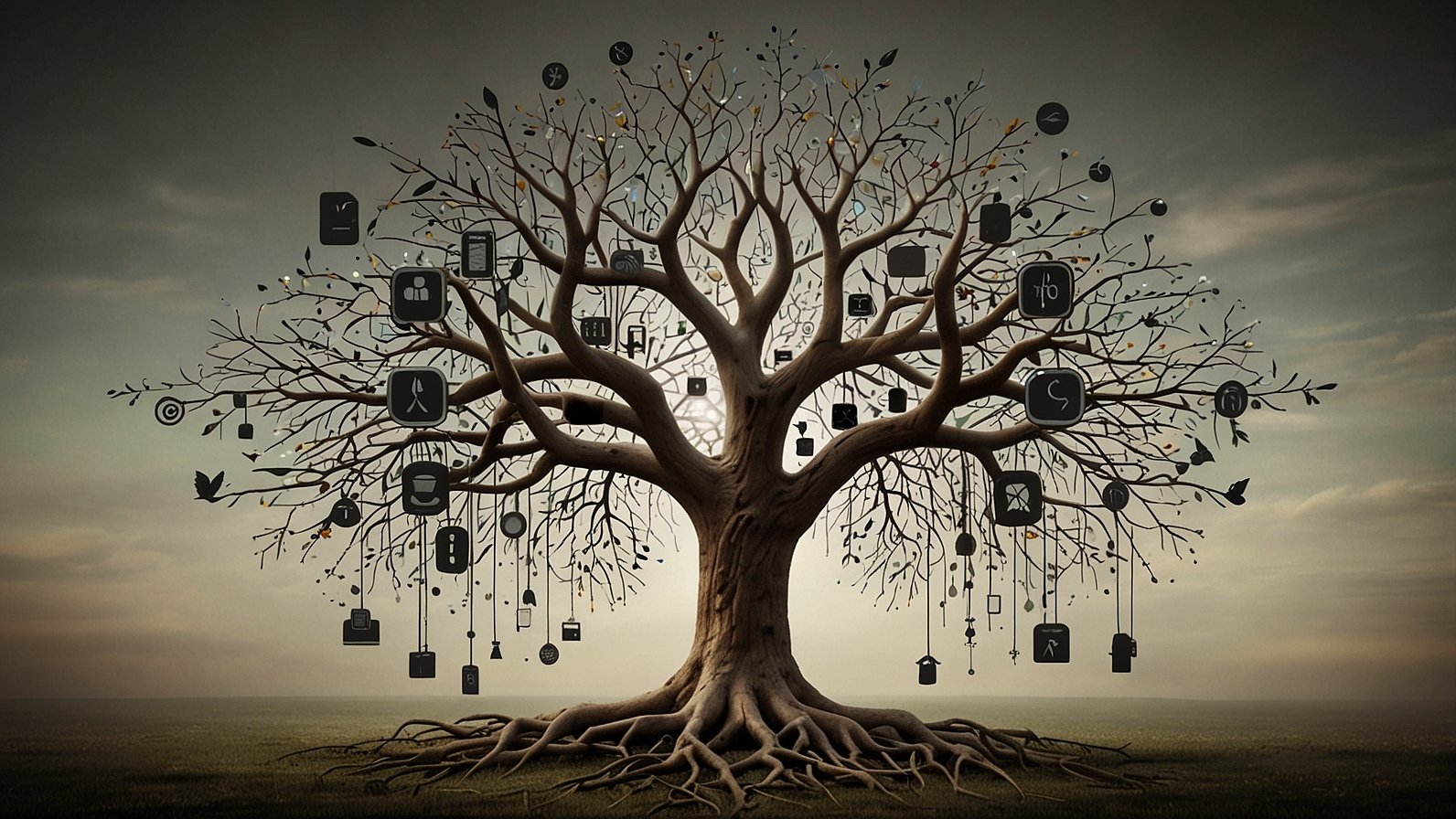By 2025, over 70% of businesses are expected to leverage digital platforms for community engagement. But what happens when technology is built not just for profit, but for profound, human-centric impact? This is the exact question that drives emerging leader Mariano Iduba, a name you’ll want to remember. As a creative innovator at the intersection of tech and social good, Iduba’s work demonstrates that the most powerful algorithms are those designed for empathy and community empowerment.
Forget the stereotype of the lone genius in a Silicon Valley garage. The new wave of innovation is collaborative, cross-disciplinary, and deeply connected to real-world needs. This is the world where Mariano Iduba is making his mark, proving that the future of digital growth is inherently human.
Who is Mariano Iduba? The Architect of Collaborative Change
If you were to picture a modern Renaissance figure for the digital age, you might imagine someone like Mariano Iduba. He isn’t just a tech developer or a social activist; he’s a synthesizer of ideas. His initiatives are less about a single flashy product and more about building ecosystems—fertile ground where technology, art, business, and social causes can cross-pollinate and create something entirely new and powerful.
Think of him as a digital architect. Instead of just building walls, he designs the entire blueprint for connected, empowered communities. His work focuses on creating frameworks that allow others to thrive, using tools like:
- Strategic Digital Growth: Not just chasing viral trends, but building sustainable online presence and engagement for mission-driven organizations.
- Community Empowerment: Creating platforms and initiatives that give people the tools, knowledge, and connections to solve their own challenges.
- Cross-Disciplinary Collaboration: Intentionally bringing together artists, coders, entrepreneurs, and nonprofit leaders to spark unexpected solutions.
The Core Philosophy: Why Tech Needs a Human Compass
At the heart of Mariano Iduba‘s work is a simple but revolutionary idea: technology should serve people, not the other way around. In an era of AI anxiety and digital saturation, this human-first approach is not just refreshing; it’s essential.
Many tech initiatives fail because they build a solution first and then go looking for a problem. Iduba’s methodology flips this script. It starts with listening. By deeply understanding a community’s unique challenges, aspirations, and existing assets, any technological solution built is already rooted in real need and has a much higher chance of genuine, lasting impact.
This approach debunks a major myth: that social impact projects can’t be technologically sophisticated or scalable. Iduba’s vision proves they can be both. A well-designed app that connects local farmers directly to consumers (using a tool like Shopify for e-commerce and WhatsApp for community updates) is a perfect example of simple, appropriate tech driving massive economic empowerment.
From Theory to Action: Real-World Applications and Initiatives
What does this philosophy look like in practice? Let’s break it down into actionable areas.
Digital Growth for Good: Imagine a local arts nonprofit. They have a powerful mission but struggle to be heard online. A typical digital marketer might focus on vanity metrics like likes and follows. A Iduba-inspired strategy would focus on conversion— turning followers into patrons, volunteers, and advocates. This might involve using a CRM platform like HubSpot to personalize storytelling or leveraging Instagram Reels not just for content, but to drive traffic to a donation page built on GivePanel, creating a seamless journey from awareness to action.
Building Bridges Through Collaboration: One of Iduba’s key strengths is acting as a nexus. He might facilitate a workshop where:
- A software developer learns about accessibility issues from a community advocate.
- A graphic designer partners with a social entrepreneur to craft a brand identity that truly resonates.
- Musicians and data analysts collaborate to find new ways to visualize and communicate complex social data through sound and art.
These aren’t just feel-good meetings; they are innovation engines. Companies like Airbnb and PayPal famously credit their success to cross-disciplinary “founder pairs,” and this principle is being applied by Iduba to social challenges.
Empowerment as a Default Setting: True empowerment is about transferring skills, not creating dependency. Initiatives influenced by this mindset often focus on education and resource-sharing. This could be a free webinar series on digital literacy for small business owners, a shared online resource hub using a tool like Notion, or a mentorship program that connects seasoned tech professionals with young social entrepreneurs.
How You Can Implement This Mindset Today
You don’t need a massive budget or a tech giant’s resources to start thinking like Mariano Iduba. The shift begins with your perspective. Here are five actionable tips to integrate tech and social impact into your own projects:
- Start with the “Why,” Not the “What”: Before exploring a single piece of tech, clearly define the human problem you are trying to solve. Write it down. Every technological decision should flow backward from this mission.
- Listen Actively and Humbly: Engage with the community you wish to serve. Use surveys (Typeform, Google Forms), host virtual coffee chats (Zoom, Google Meet), and listen to their conversations on social media. The best ideas are already there; you just need to hear them.
- Embrace Low-Code/No-Code Tools: You don’t need to be a programmer to build powerful solutions. Platforms like Webflow (for websites), Airtable (for databases), and Mailchimp (for communication) allow anyone to create professional-grade digital tools.
- Seek Unlikely Partnerships: Reach out to someone in a field completely different from yours. A conversation between a baker and a app developer could lead to an innovative solution for reducing food waste. Diversity of thought is your greatest asset.
- Measure What Truly Matters: Move beyond likes and shares. Measure outcomes: number of people trained, funds raised for a cause, jobs created, or carbon footprint reduced. Let real-world impact be your key metric.
The work of innovators like Mariano Iduba shows us that the digital future is bright, but only if we build it with intention, collaboration, and a unwavering focus on lifting each other up. It’s a reminder that the most important code we will ever write is the one that encodes our values of compassion and community.
What’s one small step you can take this week to blend technology with positive impact in your own circle? Share your ideas in the comments below!
You May Also Read: Unleash Your Imagination: The Ultimate Guide to Gramhir Pro for Stunning AI Art
FAQs
What specific industries does Mariano Iduba focus on?
His approach is industry-agnostic. The principles of digital growth, community empowerment, and collaboration apply universally. However, his work often surfaces in education, the arts, local economic development, and sustainability sectors.
Is Mariano Iduba affiliated with a specific company?
While he may collaborate with various organizations, his role is best understood as that of an independent innovator and strategic advisor. His value lies in his cross-disciplinary approach rather than representing a single corporate entity.
How can I learn more about his methodologies?
Following thought leaders in the tech-for-good space, engaging with content on collaborative platforms like LinkedIn, and exploring case studies from organizations like Ashoka or TED can provide deeper insights into the philosophies that guide his work.
Does this approach require a background in technology?
Not at all! In fact, a non-tech background is incredibly valuable. The goal is to bridge gaps. Understanding the human, social, or artistic side of a problem is just as critical as understanding the technology that can solve it.
Can for-profit businesses benefit from this social-impact mindset?
Absolutely. Consumers increasingly support brands with a strong social conscience. Initiatives focused on community building, ethical practices, and genuine empowerment can drive customer loyalty, employee satisfaction, and long-term brand value.
What’s an example of a “cross-disciplinary collaboration” in action?
A classic example is a project that brings together a videographer, a software developer, and a historian to create an interactive, virtual reality tour of a historical site. Each discipline contributes a unique piece to create an immersive educational experience that none could build alone.
How does this differ from traditional corporate social responsibility (CSR)?
Traditional CSR is often a separate department or a side project (e.g., a company donating a portion of profits). This mindset integrates social impact directly into the core business model and product design, making it a fundamental part of how value is created, not an add-on.










